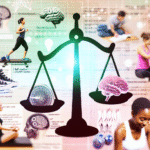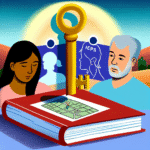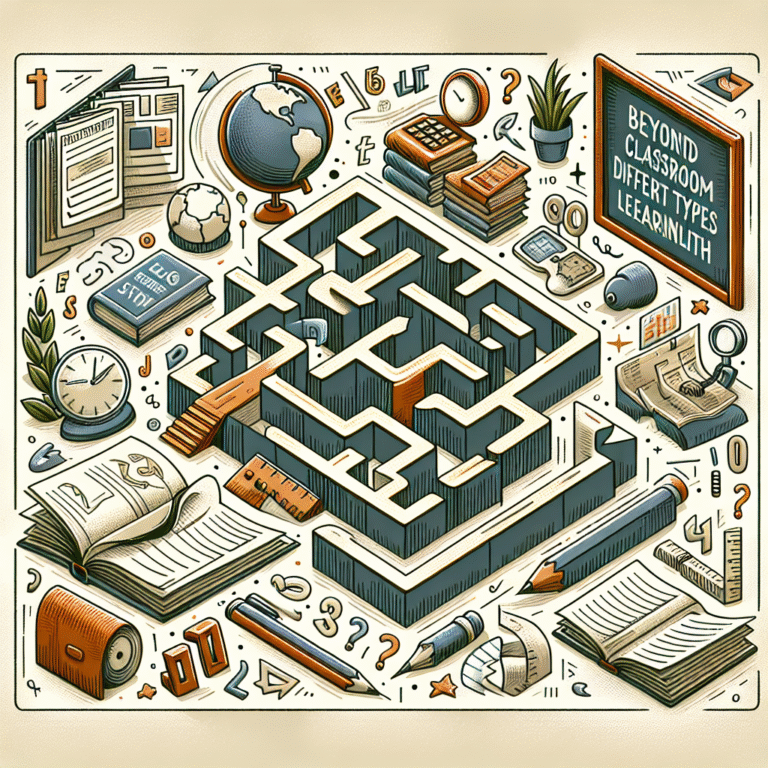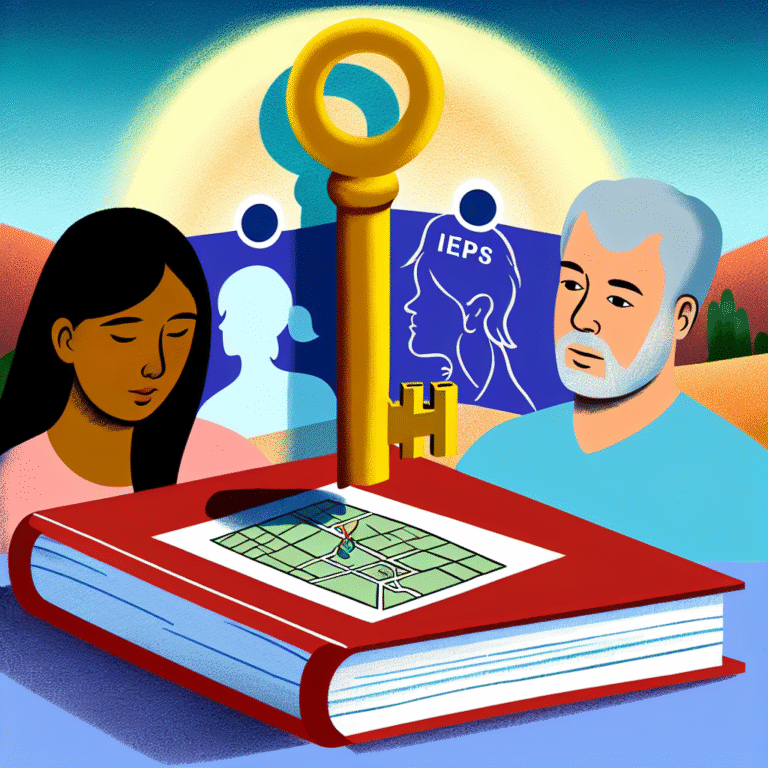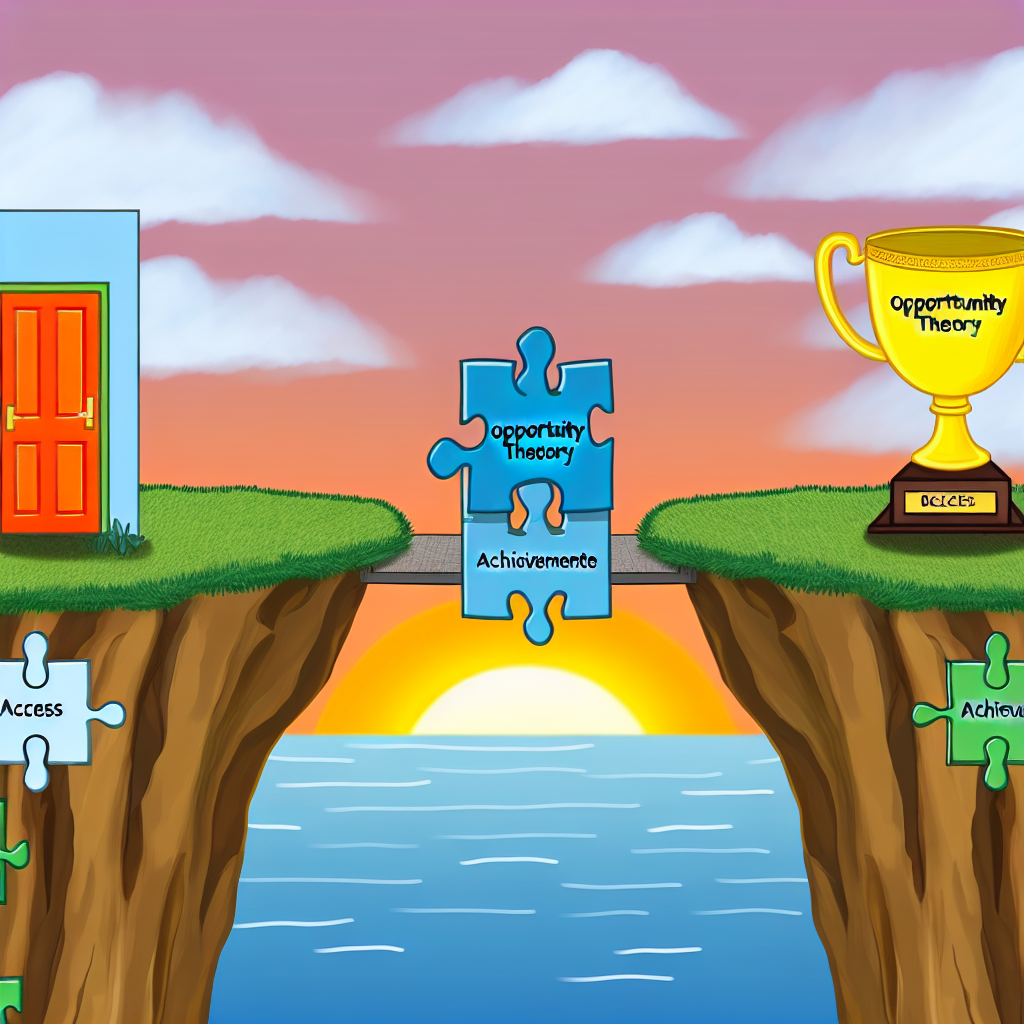
Introduction
In today’s rapidly evolving world, the importance of education and access to opportunities cannot be overstated. However, countless individuals still face systemic barriers that prevent them from achieving their true potential. Enter Opportunity Theory: Bridging the Gap Between Access and Achievement, a groundbreaking framework that seeks to illuminate the pathways that connect opportunities to tangible outcomes. This theory not only highlights the disparities in access to resources but also paves the way for meaningful action. Join us as we delve into this vital topic, exploring the intricate dynamics between opportunity and achievement, and uncovering inspiring examples that exemplify its real-world impact.
Understanding Opportunity Theory
What is Opportunity Theory?
Opportunity Theory posits that the likelihood of successful achievement is largely contingent upon one’s access to opportunities. At its core, it emphasizes the importance of equitable access to the resources, tools, and networks that can foster personal and professional growth. The theory suggests that if individuals are provided with ample opportunities—be it in education, employment, or mentorship—they are far more likely to achieve their goals.
The Framework of Opportunity Theory
The Opportunity Theory framework consists of three primary components:
Access: This encompasses availability to resources like quality education, financial support, and career guidance.
Utilization: This concerns how effectively individuals take advantage of the opportunities presented to them.
- Achievement: This final component looks at the measurable outcomes resulting from access and utilization, such as academic success or career advancement.
These components are interrelated, creating a cycle where improved access leads to better utilization and, ultimately, greater achievement.
Case Study: The Success of the Harlem Children’s Zone
The Harlem Children’s Zone (HCZ) in New York City is a powerful example of Opportunity Theory in action. By providing a comprehensive array of services, from early childhood education to job training for adults, HCZ dramatically enhances access for residents in a historically underserved community.
Analysis:
HCZ serves as a microcosm of Opportunity Theory, illustrating that by removing barriers and improving access, individuals are more likely to achieve educational and economic success. The results? A significant decrease in dropout rates and an increase in college admissions among program participants.
Bridging the Gap: Access to Opportunity
Barriers to Access
While Opportunity Theory presents a hopeful landscape, it also highlights the significant barriers many individuals face, which can include systemic inequities, socioeconomic status, and geographical limitations. These barriers often result in a disparity between those who can access opportunities and those who cannot.
The Role of Policy
Policies play a crucial role in shaping access to opportunities. For instance, education policy can have a lasting impact on the quality of schooling available to students. Addressing funding inequalities in schools is essential for ensuring that all children have access to quality education, thereby bridging the gap between access and achievement.
Case Study: The Role of Charter Schools
Charter schools have emerged as a controversial yet impactful approach to improving access to education. By allowing for flexibility in curricula and administration, charter schools often cater to underserved communities, offering innovative teaching methods and expanded educational opportunities.
Analysis:
Charter schools can serve as a bridge in Opportunity Theory, providing students with access to enriched educational environments. However, it’s vital to evaluate their long-term effectiveness concerning achievement relative to traditional public schools.
Maximizing Opportunity Utilization
The Importance of Soft Skills
Access to opportunities isn’t sufficient if individuals lack the skills to utilize them effectively. Soft skills such as communication, teamwork, and problem-solving play a critical role in this. Programs focusing on these skills can significantly enhance students’ and workers’ ability to convert opportunities into achievements.
Case Study: Summer Programs for Skill Development
Various summer programs across the country focus on developing soft skills in students. These programs provide real-world experiences and mentorships that make participants more competitive and better prepared for future opportunities.
Analysis:
By coupling access with targeted skill-building initiatives, programs can optimize the utilization of opportunities, ensuring that access translates into achievement.
Tables: Skill Development Impact
| Program Name | Focus Area | Geographic Reach | Achievement Outcomes |
|---|---|---|---|
| SkillUp Summer Camp | Soft Skills | National | 40% increase in workforce readiness |
| Academic Enrichment Program | STEM | Local | 30% higher test scores in math |
| Career Pathways Initiative | Job Readiness | Regional | 50% employment rate post-program |
Achievement: Measuring Success
Metrics of Achievement
To truly understand the impact of Opportunity Theory, we need to establish clear metrics. These can include graduation rates, college enrollment statistics, and employment outcomes. By tracking these key performance indicators, stakeholders can assess the effectiveness of programs that aim to bridge the gap between access and achievement.
Case Study: The impact of the Gates Foundation
The Bill & Melinda Gates Foundation has invested billions into educational reform initiatives aimed at increasing college completion rates among low-income students, illustrating a commitment to bridging the gap through substantial financial and strategic support.
Analysis:
By focusing on measurable outcomes, the foundation not only exemplifies the practical application of Opportunity Theory but also highlights how funding and policy changes can lead to significant achievement improvements.
Conclusion: A Call to Action
The journey toward bridging the gap between access and achievement is complex yet essential for societal advancement. Opportunity Theory offers a compelling framework that underscores the importance of equitable access to resources, skills, and networks. As we’ve seen through various case studies, both local and national initiatives can yield measurable successes when they align access with effective utilization.
Inspirational Takeaway
As individuals, educators, and policymakers, we have the power to make a difference. By advocating for policies that remove barriers to access, fostering skill development, and establishing metrics to measure success, we can collectively bridge the gap and unlock unparalleled opportunities. Let us commit ourselves to this vital work, ensuring that future generations can thrive in an environment rich with possibility.
FAQs about Opportunity Theory
1. What are the main components of Opportunity Theory?
Opportunity Theory comprises access, utilization, and achievement, showcasing the relationships between resources and outcomes.
2. How does Opportunity Theory apply to education?
In education, it highlights the need for equitable access to quality institutions, resources, and skill development programs to enhance student outcomes.
3. Can Opportunity Theory be applied in other areas besides education?
Absolutely! Opportunity Theory can be applied in various fields, including healthcare, employment, and community development.
4. What can individuals do to promote Opportunity Theory?
Individuals can advocate for policies that support equity, engage in mentorship programs, and prioritize personal skill development.
5. How do organizations measure achievement in regard to Opportunity Theory?
Organizations can establish metrics such as graduation rates, job placement statistics, and skill competency tests to assess the effectiveness of their programs in bridging the gap.
By delving into the intricate dynamics of Opportunity Theory, we begin to understand the powerful connection between access and achievement. With dedication and action, we can create a world where everyone has the opportunity to succeed.

